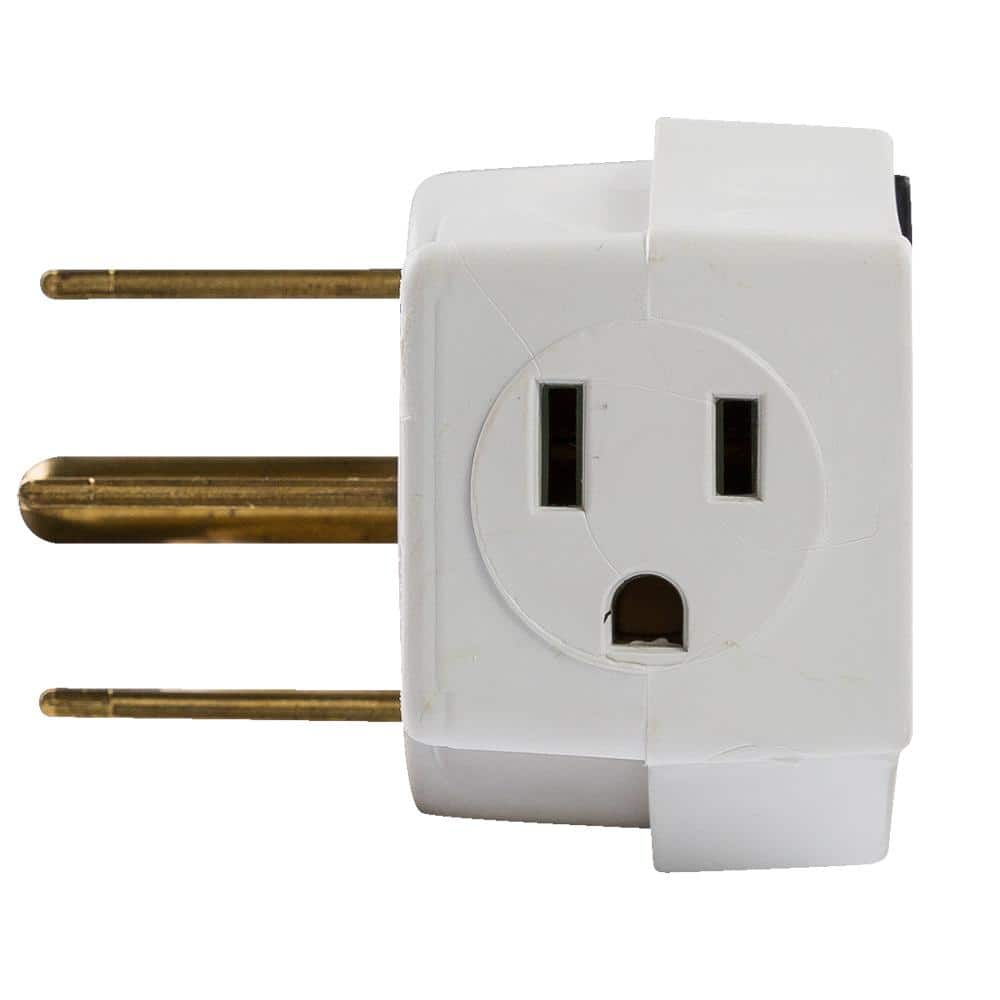RustyShackleford
Senior Member
- Location
- NC
- Occupation
- electrical engineer
Came across this ... Kitchen had originally been wired with 50amp/240vac circuit for an electric range. At some point it was replaced with a gas range (only requiring 120vac) and they simply replaced the 240v receptacle with a 120v one and capped off one of the hot conductors, but left the 6/2 wiring and 50amp double-pole breaker in place.
Is this legal ? It seems sketchy to me. The main problem being that the OCPD is several multiplies of the new range's MCA. Also, I need to check again, but I don't think it's 6/3 wire, so they're still using EGC as the neutral. I suppose if I simply replaced the 50amp double-pole breaker with a 20amp single-pole one, and then used that disconnected hot as a neutral (moving it to neutral bar in panel, of course), it'd be fine. Except for the wire being WAY heavier than the OCPD, which I suppose is fine.
Is this legal ? It seems sketchy to me. The main problem being that the OCPD is several multiplies of the new range's MCA. Also, I need to check again, but I don't think it's 6/3 wire, so they're still using EGC as the neutral. I suppose if I simply replaced the 50amp double-pole breaker with a 20amp single-pole one, and then used that disconnected hot as a neutral (moving it to neutral bar in panel, of course), it'd be fine. Except for the wire being WAY heavier than the OCPD, which I suppose is fine.
Last edited:



